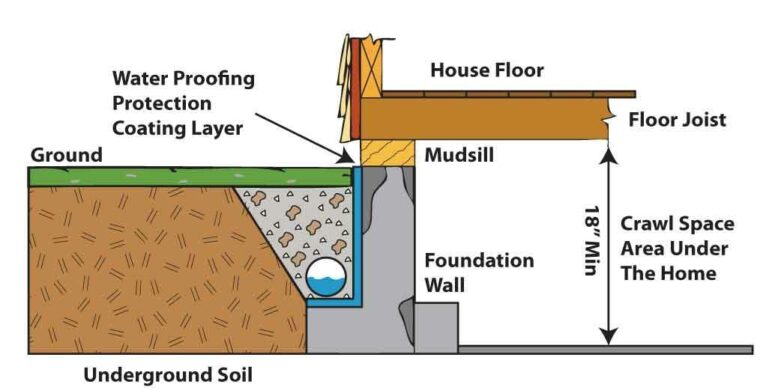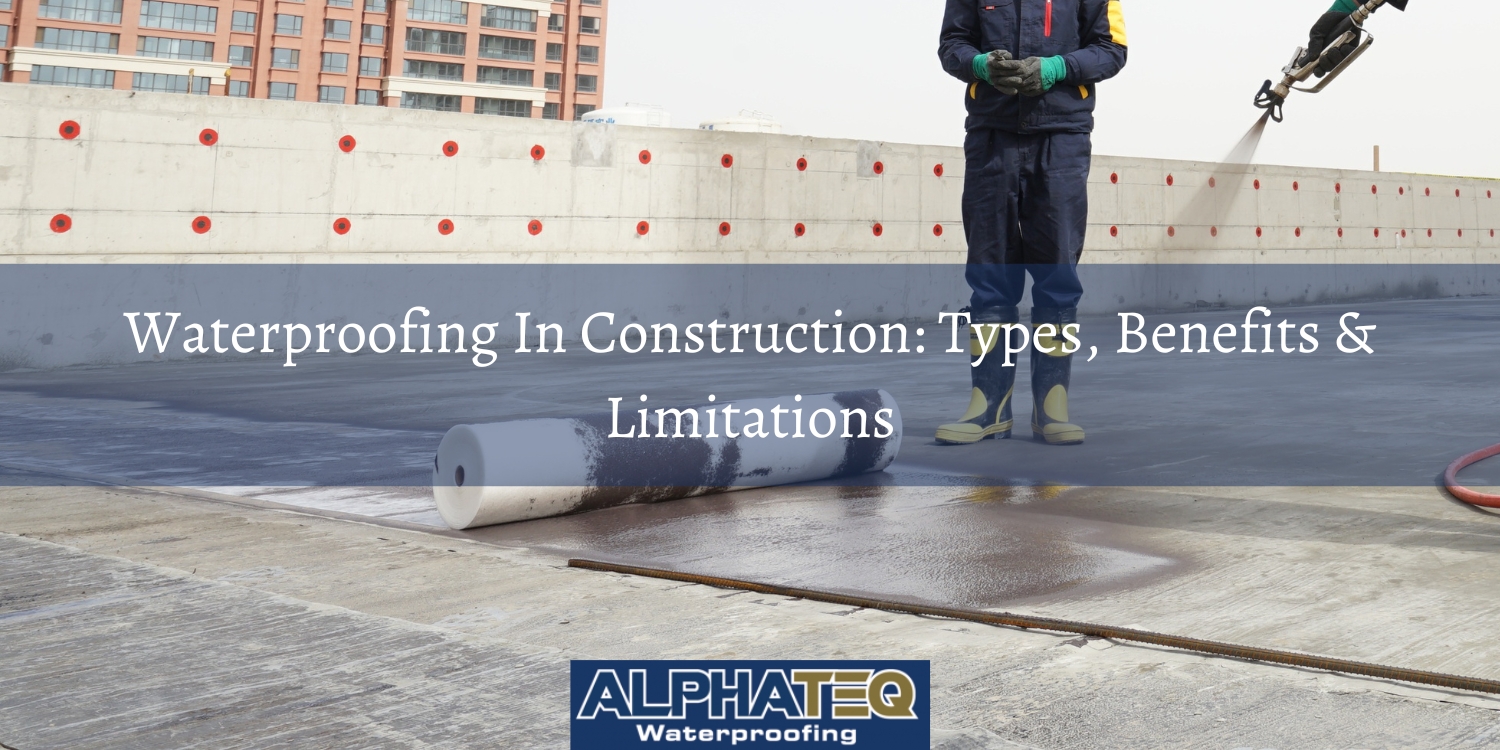
Importance of Waterproofing During Construction
Waterproofing structures at the time of construction is essential for preventing water infiltration, protecting structural integrity, and ensuring long-term durability. Proper waterproofing methods are critical in safeguarding buildings from potential water damage that can lead to costly repairs and health hazards such as mold growth.
Sources of Water Infiltration
Water can enter a construction site primarily through three sources: rain, runoff, and groundwater. Rainwater can seep into the ground or flow downhill, while groundwater can exert hydrostatic pressure against foundation walls. This pressure can lead to moisture infiltrating through cracks and joints in the structure if not properly managed[1].
Key Waterproofing Methods
- Cementitious Waterproofing: This method involves applying a cement-based coating that forms a thick layer over surfaces to prevent water penetration. It is particularly effective for internal wet areas like bathrooms and kitchens but is not suitable for external applications due to its rigidity[2].
- Liquid Waterproofing Membrane: Liquid membranes are applied as a liquid coating that cures into a flexible, rubbery layer. This method offers excellent elongation properties (up to 280%) and is suitable for various surfaces including roofs and balconies[3].
- Bituminous Coating: Often referred to as asphalt coating, this method provides flexibility and protection against water but may become brittle when exposed to sunlight. It is commonly used on concrete foundations[4].
- Bituminous Membrane Waterproofing: This technique uses self-adhesive sheets made from asphalt and polymers, ideal for low-sloped roofs. The membranes can be either covered or exposed types, with the exposed type being more resistant to weathering[5].
- Polyurethane Liquid Membrane: Although more expensive, this method is highly flexible and suitable for flat roofs exposed to weather conditions. Care must be taken regarding moisture content in the substrate before application[6].
- Drainage Systems: Effective drainage systems are crucial in managing excess water around foundations. They help redirect water away from the building using perforated pipes (footing drains) that collect groundwater before it reaches the foundation walls[7].
Steps for Effective Waterproofing During Construction
To ensure effective waterproofing during construction, several steps should be followed:
-
Establish Foundation Height: Determine the finished height of the foundation above grade and mark the waterproofing line accordingly.
-
Proper Grading: Ensure that grading directs water away from the foundation area during construction.
-
Install Drainage Systems: Implement drainage solutions such as French drains or weeping tiles around the foundation to manage groundwater effectively.
-
Apply Waterproof Membranes: Use appropriate waterproof membranes on masonry foundations after ensuring that concrete has fully cured.
-
Positive Backfill Grade: Maintain a positive grade when backfilling to further reduce water accumulation around the foundation.
-
Quality Gutter Systems: Install gutters that effectively channel rainwater away from the building site[8][9].
By following these guidelines and employing suitable waterproofing methods, builders can significantly enhance a structure's resilience against water damage.
Authoritative Sources


Answer Provided by iAsk.ai – Ask AI.
Sign up for free to save this answer and access it later
Sign up →